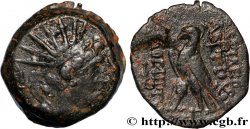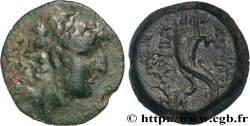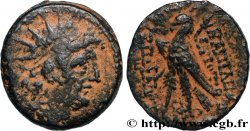Live auction - bgr_495313 - SYRIA - SELEUKID KINGDOM - ANTIOCHUS VIII GRYPUS Tétradrachme
You must signin and be an approved bidder to bid, LOGIN TO BID. Accounts are subject to approval and the approval process takes place within 48 hours. Do not wait until the day a sale closes to register. Clicking on "BID" constitutes acceptance of the terms of use of cgb.fr private live auctions.
Bids must be placed in whole Euro amounts only. The sale will start closing at the time stated on the item description; any bids received at the site after the closing time will not be executed. Transmission times may vary and bids could be rejected if you wait until the last second. For further information check the Live auction FAQ
All winning bids are subject to a 18% buyer’s fee.
All winning bids are subject to a 18% buyer’s fee.
| Estimate : | 950 € |
| Price : | 780 € |
| Maximum bid : | 780 € |
| End of the sale : | 11 September 2018 14:15:57 |
| bidders : | 4 bidders |
Type : Tétradrachme
Date: c. 120-117 AC.
Mint name / Town : Aké-Ptolémais, Phénicie
Metal : silver
Diameter : 30 mm
Orientation dies : 12 h.
Weight : 16,15 g.
Rarity : R1
Coments on the condition:
Exemplaire de qualité exceptionnelle pour ce type monétaire sur un flan ovale bien centré. Magnifique tête d’Antiochus VIII idéalisé avec la stemma bien visible. Revers de toute beauté de style fin. Patine grise superficielle avec des reflets dorés. Conserve l’intégralité de son brillant de frappe et de son coupant d’origine
Catalogue references :
Predigree :
Cet exemplaire provient du stock de Jean Vinchon numismatique (Paris)
Obverse
Obverse legend : ANÉPIGRAPHE.
Obverse description : Tête diadémée d’Antiochus VIII à droite, entourée de la stemma.
Reverse
Reverse description : Zeus Uranios nu debout à gauche, la tête surmontée d'un croissant, nu, tenant une étoile à huit raies de la main droite et de la gauche un sceptre long.
Reverse legend : BASILEWS// ANTIOCOU// EPI-FANOUS/ M
Reverse translation : (du roi Antiochus glorieux).
Commentary
Sur cet exemplaire, Antiochus n’a pas l’appendice nasal proéminent qui le caractérise (grypus). Ce type semble plus rare que ne le laissent supposer les ouvrages généraux.







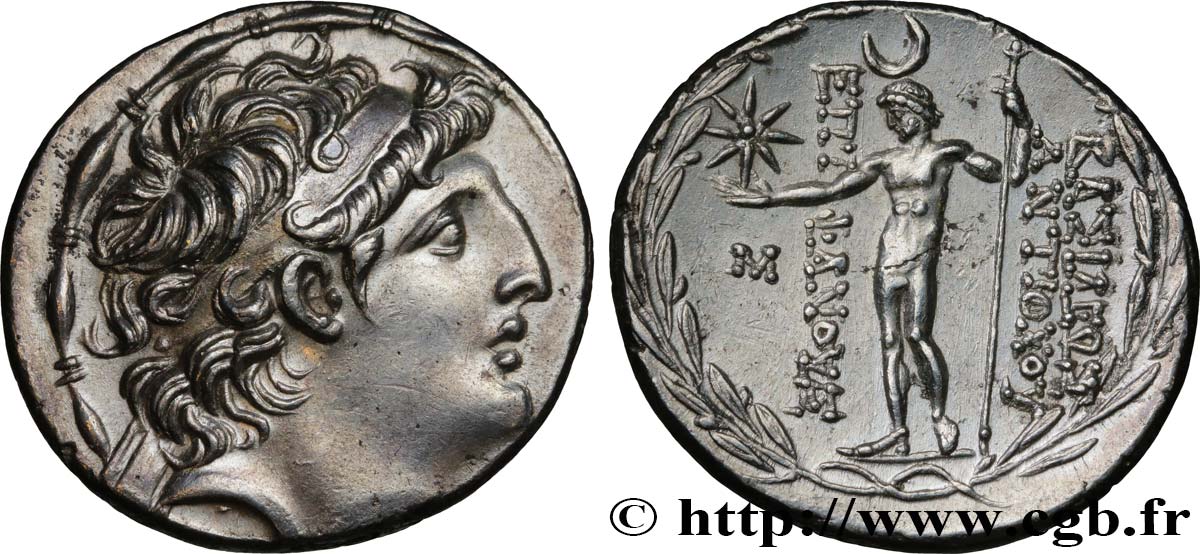
 Report a mistake
Report a mistake Print the page
Print the page Share my selection
Share my selection Ask a question
Ask a question Consign / sell
Consign / sell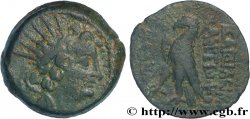
 Full data
Full data

